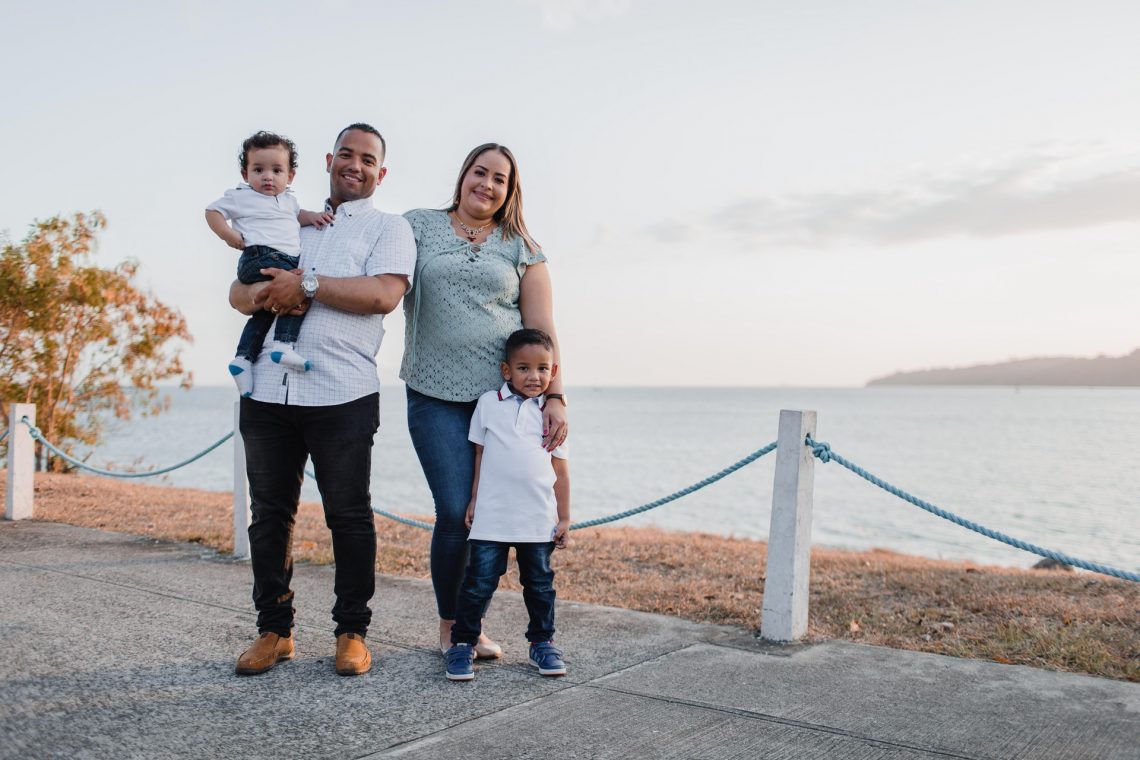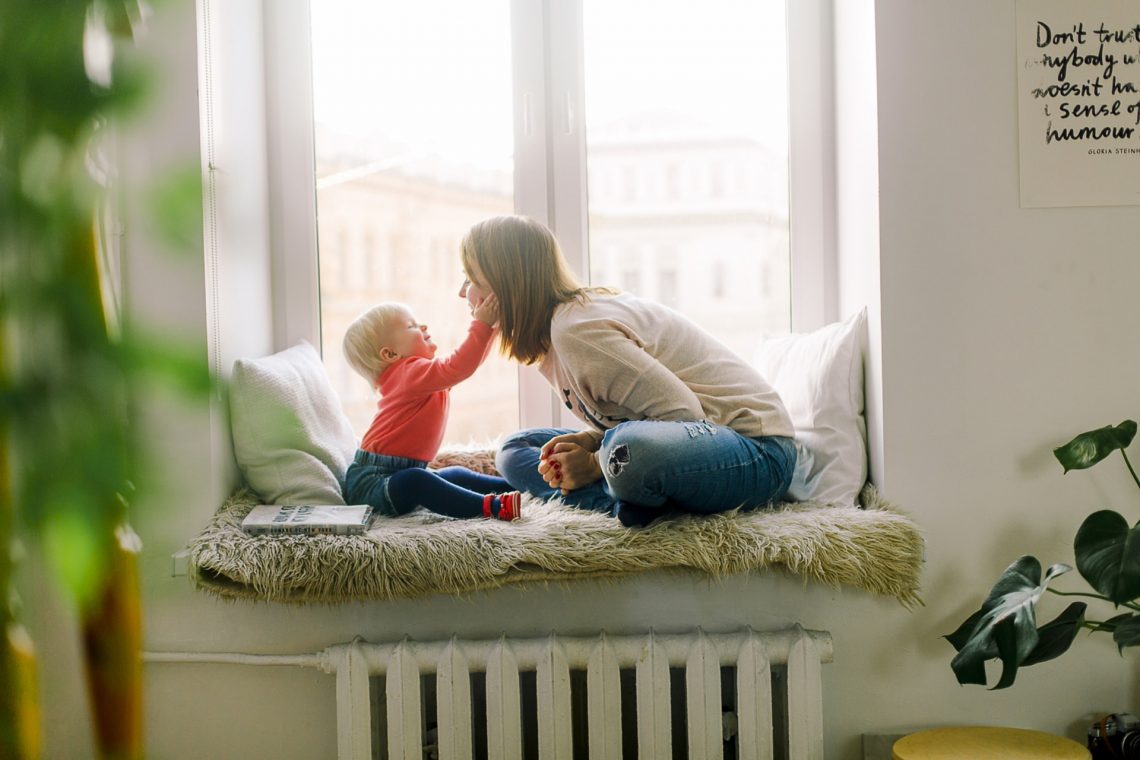
This past year, Australia’s National Health and Medical Research Council maintained their stance on the action to prohibit sex selection in Australia, except when there’s a compelling medical rationale. Sex selection is usually utilized to attempt and avoid the transmission of a sex-linked disease – as an instance, hemophilia, that can be statistically more likely to occur in boys.
In Victoria, instances of’same-sex choice’ could be placed into the Victorian metering Review Panel and sentenced to VCAT.
Girl or Boy?
Discussion about gender selection for non-technical reasons increases many different ethical and societal issues that extend beyond the welfare of their unborn child.
When we look at concerns of the matter, it comes back to the ‘commodification’ of kids; anxieties concerning the distortion of this parent/child connection; some discriminatory practices underpinning choice in favor of one particular gender (which may occur in certain cultures); inequality between the genders; and that same-sex sex choice might permit the production of so-called ‘designer babies’.
Despite how frequently moral concerns are raised in the general discussion, they are not clearly articulated in the Australian regulatory framework banning same-sex gender choice. Rather, the Victorian Act comprises a wide need to prioritise the welfare of a potential child who might be born.
The Legalities
VCAT compares the scenario between same-sex sex choice and picking a’saviour sibling ‘ for an ailing child. A savior sibling is a child who’s conceived using embryo choice technologies to function as a coordinated tissue donor for a present sibling who’s unwell.
Though VCAT admits that a ‘savior sibling’ choice doesn’t focus entirely on the welfare and interests of their unborn child, it identified this practice as more morally apt than non medical reasoning same-sex selection for it’s immorality. The ‘savior sibling’ choice isn’t illegal under the Act and can be governed by federal guidelines. The unique regulatory approaches to these two kinds of selective reproduction imply they’re considered as different.
For a lot of people, a non-medical sex choice is too far in terms of reproduction, one which takes us outside curative objectives, and challenges established ideas regarding parental notions and expectations of acceptance and love. The slippery slope objection to non-medical gender selection is potentially the most persuasive point of differentiation between this and other kinds of choice, like choosing to aleviate a health risk or savior sibling choice.

Selecting the sex of a child for non-medical motives reflects a change in attention from alternative methods of conception to parental tastes for a certain ‘kind’ of kid.
The Merky Guidelines
Disappointingly, even though a four-year inspection and also two different public consultations from the NHMRC, we’ve got no additional insights on the ivf gender selection choice in Australia.
Regulators and gatekeepers to this ivf technology and also the decision making choice of what it morally right and wrong around it. They have to be able to communicate clearly about what defines the ethical motives underpinning a prohibitive position towards non-medical gender choice.
Wider ethical concerns shouldn’t be conflated with child welfare issues.